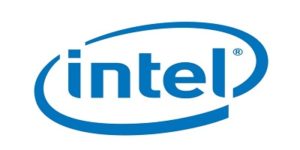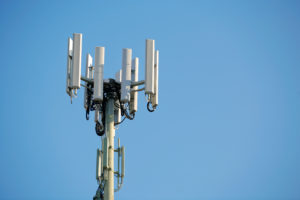
AT&T CEO Randall Stephenson discussed today how the updates being made to their towers to support the first responder network FirstNet will also help with the transition to 5G.
“To build out this FirstNet capability, this first responder network, we have to go climb every cell tower. Literally, we have to go touch every cell tower over the next couple of years,” explained Stephenson. “As we’re touching those cell towers, every single one of them, we have a lot of spectrum in inventory. We will be lighting that spectrum up as we touch each cell tower.”
Once the physical upgrades to the towers are complete, all that will be necessary to “light up” 5G when the time comes is a simple software update. While the timeline for the actual widespread launch of their 5G network is likely a long one, Stephenson said that they expect the fiber build-out for the FirstNet and 5G networks to be complete in 14 million locations within the next 12 months.








/cdn.vox-cdn.com/uploads/chorus_image/image/57483893/Sprint.0.jpg) To bolster support towards their proposed merger, T-Mobile and Sprint filed statements with the FCC today reiterating the importance the merger would have towards bringing 5G to America. As has been their argument since the merge was first announced, the two companies say that a joint investment in 5G will lead to much more rapid development than if the two companies had to move forward with their own independent 5G networks.
To bolster support towards their proposed merger, T-Mobile and Sprint filed statements with the FCC today reiterating the importance the merger would have towards bringing 5G to America. As has been their argument since the merge was first announced, the two companies say that a joint investment in 5G will lead to much more rapid development than if the two companies had to move forward with their own independent 5G networks.